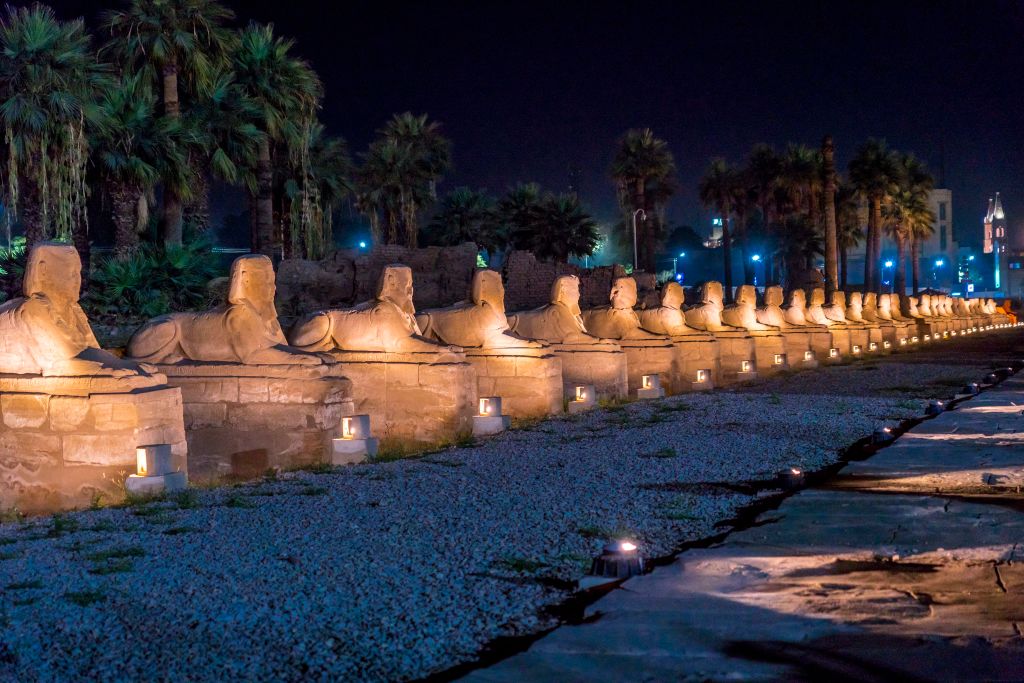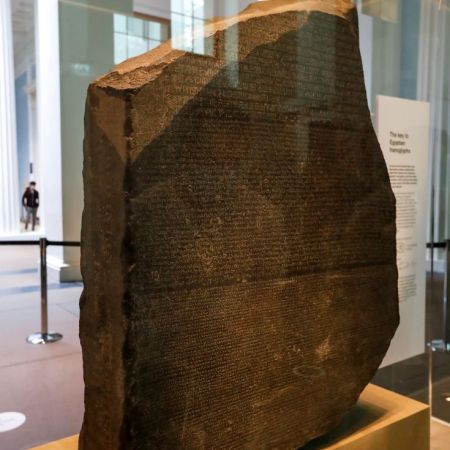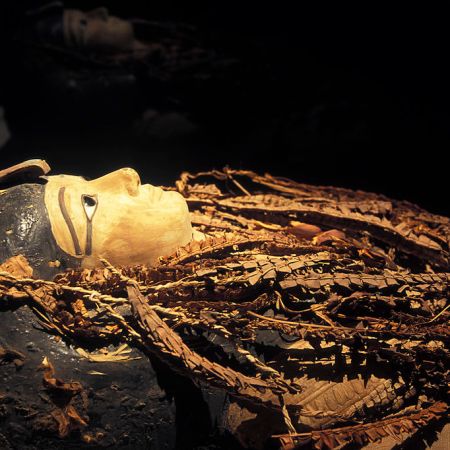When your country’s history has intrigued observers from all over the globe for centuries, it seems impractical not to use that to your advantage. The last few years have seen Egypt embrace its ancient history, putting a growing number of artifacts on display and establishing itself as a destination for historical tourism. All of which seems eminently logical — if people find pyramids, mummies and other relics of a bygone civilization compelling, why not boost tourism that way?
The latest sign of the country’s historical tourism initiative came earlier this month, with the reopening of Luxor’s Avenue of the Sphinxes. As Gareth Harris reports at The Art Newspaper, the epic ceremony celebrated the conclusion of a long-running conservation project for the roadway, which runs 1.7 miles in length and is believed to have originated during the reign of Pharaoh Amenhotep III.
A video produced by the nation’s Ministry of Tourism and Antiquities declared that “Egypt is dazzling the world with its epic stories once again.” And “epic” certainly seems to be an apt description of the ceremony celebrating the avenue’s reopening. The Art Newspaper‘s report cites the inclusion of “participants in pharaonic dress, a symphony orchestra and boats on the Nile.”
One of the side effects of the renovation project offers a glimpse of an even broader array of Egyptian history. The article cites the discovery of some relics that date back to the time when the Roman Empire ruled Egypt — a reminder of the country’s long history and the interconnectedness of the ancient world.
Thanks for reading InsideHook. Sign up for our daily newsletter and be in the know.


















